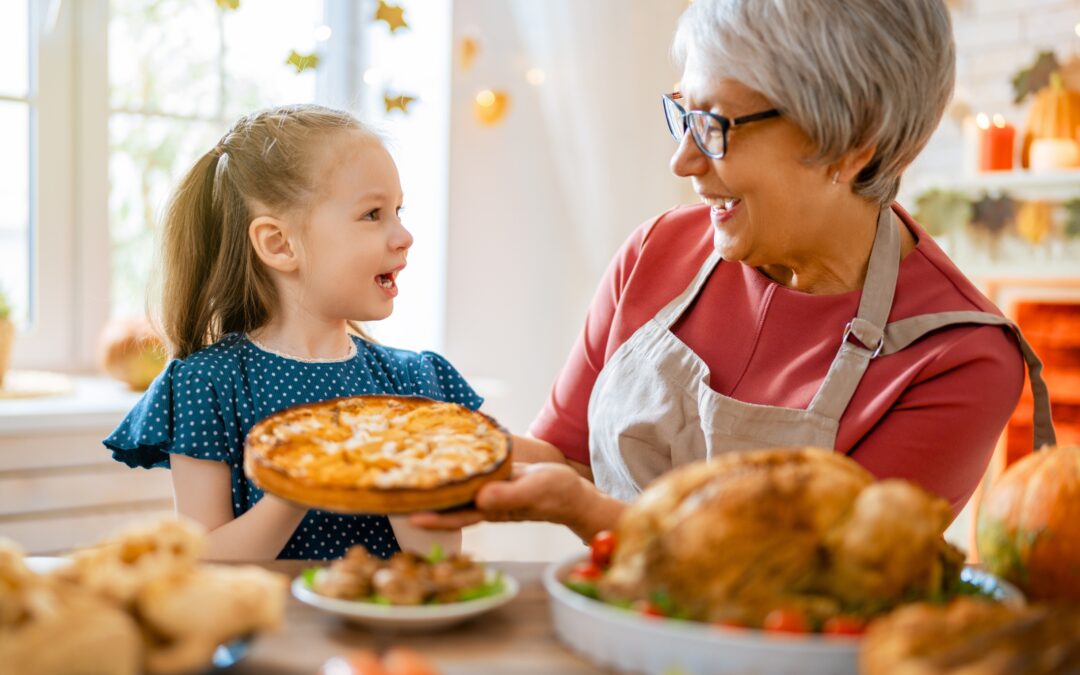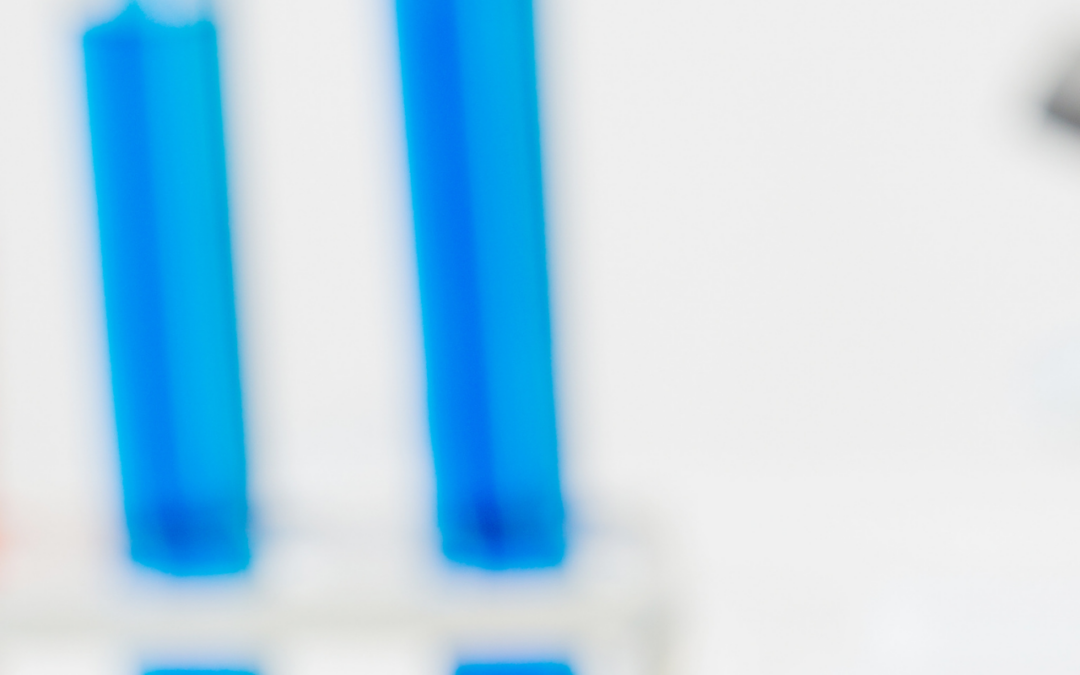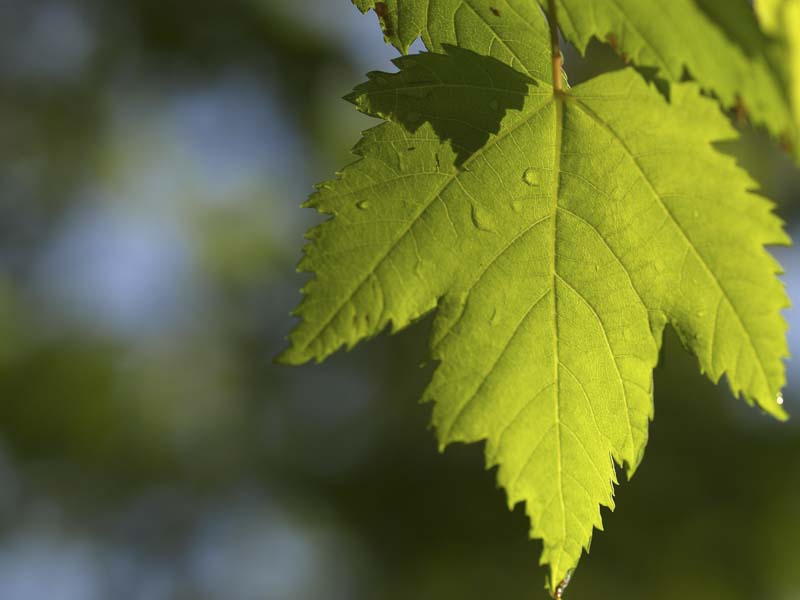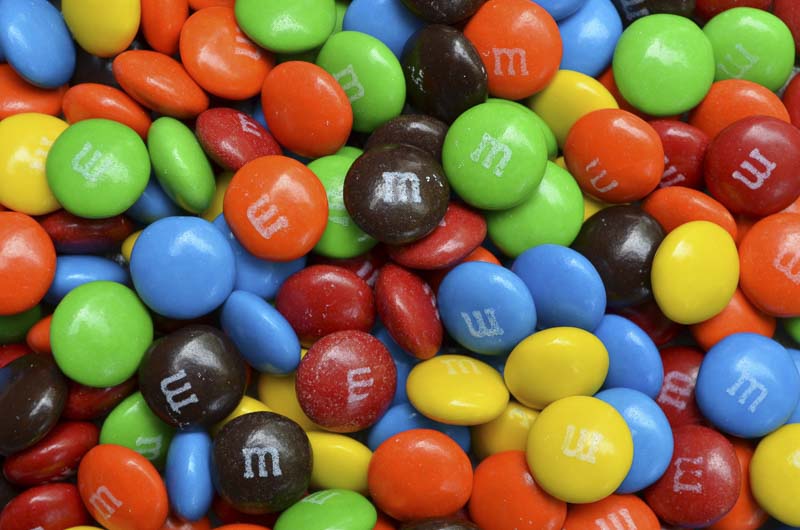Baked Alaska
Ingredients:
- Cake or brownie mix
- Ice cream (flavor of your choice)
- 4 egg whites*
- 1/4 tsp cream of tartar
- 1/2 cup sugar
*Safety note: Sometimes the egg whites in the meringue won’t be fully cooked. If you’re concerned about salmonella, use pasteurized dehydrated egg whites or meringue powder you can buy at the store. You can also use liquid pasteurized egg whites from a carton, although the meringue won’t fluff up as much as with fresh eggs.
What You Do:
1. Choose a bowl (or individual ramekins) for an ice cream mold and line it with aluminum foil. Pack the ice cream in tightly and then freeze for several hours or overnight.
2. Bake the cake or brownie mix as directed on the package. Allow the cake to cool all the way. Cut the cake to form a base for your ice cream mold. (Use a biscuit or cookie cutter for individual servings.) The base should be slightly bigger than the molded ice cream.
3. When the cake is cooled and the ice cream well frozen, make the meringue: Use a mixer to beat the egg whites on high until frothy, then add the cream of tarter and beat until soft peaks form. Continue beating and add the sugar one tablespoon at a time until you have stiff glossy peaks. (Lift the beater out of the bowl – if the peaks stay standing up, your meringue is ready.)
4. Preheat the oven to 450 degrees F.
5. Place the cake on a cookie sheet, then remove the ice cream from the mold and place it on top the cake base.
6. Use a spatula to quickly spread the meringue over the cake and ice cream, covering it completely. Make sure the meringue goes all the way down to meet the cookie sheet. (If you think your ice cream is getting soft quickly, you can put the dessert back in the freezer for 15-20 minutes before putting it in the oven.)
7. Place on the middle rack in the hot oven and watch closely. Remove when meringue is golden brown, about 3-5 minutes.
8. Serve immediately—and enjoy!
What Happened:
We know eggs change their form when heated. In this recipe, we see that egg whites also change their form when beaten vigorously! The two changes are caused by the same thing: globular proteins unfolding and forming new bonds with each other. When you beat the eggs, you’re adding air bubbles to the mixture of proteins and water in the egg whites. Some of the amino acids in the proteins are attracted to water and some are repelled by it. The proteins begin to unfold so that the water-loving amino acids can move towards the water, and the others can move toward the air pockets. The unfurled proteins bond with each other, creating a network of protein that traps the air bubbles inside, making a nice fluffy, frothy meringue.
Now, the ultimate question—why didn’t the ice cream melt completely when you put it into that very hot oven? The answer is that the meringue acted as an insulator, slowing down the transfer of heat. It works kind of like styrofoam (but tastier); the air trapped in small pockets in these materials makes them both good insulators.





